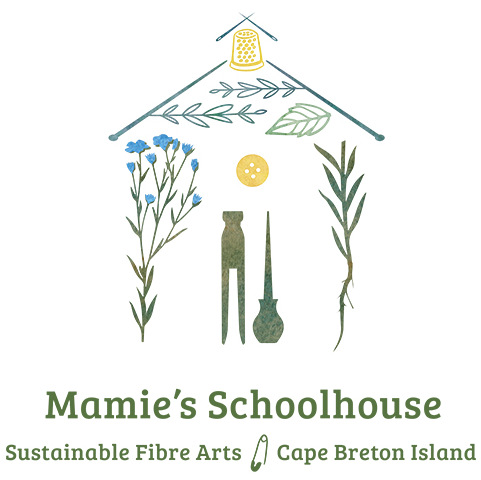Preparation is Everything!
As someone fairly new to natural dyes – I have (almost) completed Mel Sweetnam’s/ Mamies Schoolhouse's Guilded, Modules 1 & 2 - the chance of trying out some third century Egyptian dye recipes was very appealing. I settled on 3 from the Stockholm Papyrus: numbers 100, 101 and 134 which use such interesting items as mulberries, woad, alkanet and safflower. The original recipes were for dyeing wool, but I wanted to try them on other fibres: silk, cotton and linen. I also wanted to compare the results from different mordants (and un-mordanted fabric). One recipe uses grapes as a mordant, another rust and vinegar and I wanted to also try an alum based one and also a plant based one. That was beginning to sound like a lot of samples – and if I wanted to also compare different modifiers (none, acid, alkali and iron) …….the numbers were mounting up. I made that 176 in all!
My dye pot is a stainless steel one. Would the Egyptians have had access to stainless steel? No. Could I persuade my friend John Brazendale, of Cloud Studio Ceramics, to build me one in material as near as possible to what the Egyptians would be using? He contacted his supplier and found something akin to Nile Clay. Once he has finished his Open Studios exhibition in September, he’ll make a start on it. He tells me it will probably be a coil pot.
John in his Cloud Studio
To obtain the best dye results, all fabric needs scouring (removing anything which might inhibit dye uptake, like natural oils and chemical treatments). As the fabric is all from our time and has probably been through far more processes than the original cloth, I took the decision to scour using modern methods: cellulose (soda ash and Synthrapol - gentle boil) and protein (neutral detergent and water brought slowly to 60C).
Next, for my early experiments for recipe 101, I needed some “woad scum”. Oh that I could work out what that meant! So, I have to make some assumptions. As we know, the “recipe” writer(s) often use a shorthand throughout the papyri, as dyers of the time would have known exactly what the meaning was. Perhaps it was something produced during the fermentation of the leaves to extract pigment? Did it mean something produced during the actual dye process? Once I have managed to produce anything resembling “scum”, I’ll use that to mix with the alkanet then safflower. Below is an excerpt from my journal on my attempt to obtain some.
The Jenny Dean fermentation method is from Wild Colour, 2010 revised and updated version. The method demonstrated by Marietta Richardson is from John Marshall's book, Singing The Blues..
Jenny Dean Fermentation Method
L: Vat after 40 minutes. R: results.
After 24 hours, and being kept at 35 – 40C, it was finally a yellowy green. Steeped threads for 45 mins, plunged into clean water, then returned to vat for a further soak, plunge and rinse. Colour was, at best, beige. More importantly, there was no scum.
John Marshall Fresh Leaf Blender Method
Skein on far right hand side is after 1 dip. No “woad scum” produced with this method either, so I hope the next trial comes up trumps!
Back to the drawing board now!






